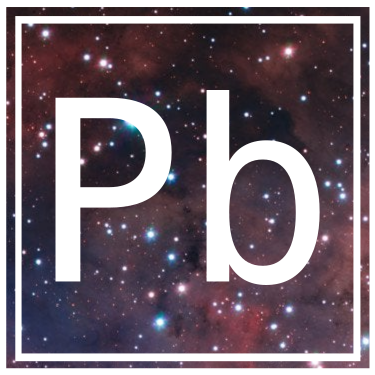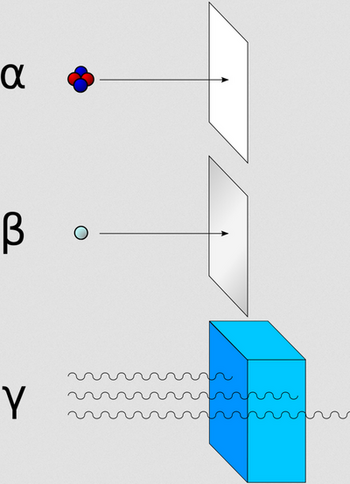Project brief - Radioactive@home Explained

Project brief (Pb) is a series continued by me where I will be talking about scientific projects apart of the BOINC network in simple terms.
Now this isn't an explanation of high energy beta-minus decay of transuranic isotopes, it's a simple and super fun experience in learning about what's out there and what you could be supporting with just the click of a button!
Join me live on BOINC Radio at January 17th 4:00pm EST! (Check your timezone)
Who am I?
I'm Delta! An Australian programmer, technologist, blockchain expert, self-proclaimed physicist and co-host of the BOINC Radio podcast!
I like to communicate things to people in the simplest way possible and teach people about the most interesting things that this universe has to offer.
You can find me on Discord where I hang out in the BOINC Network server.
What's happening this Episode?
On January 17th I will be explaining the BOINC project Radioactive@home.
Have you ever wondered how much radiation is in your local city or town? Even your house? Maybe not, but if you live close to a nuclear reactor, radioactive storage facility or uranium mine, you might be concerned about contamination.
Radioactive@home is a project that aims to create a global map of radiation to tell us exactly how safe different parts of the world are in terms of radiation.

Rest assured people, Radioactive@home has shown that nuclear power plants are completely safe in terms of radiation!
But before we continue, I think we should talk about what exactly radiation is...

Radiation is a general term and not all radiation is bad, after all, you need radiation to be able to see. But in this context we are talking about the emissions from atoms that are unstable, and funnily enough, the way they become stable is they emit some of the stuff listed below...
Alpha radiation
Alpha radiation is a Helium atom without any electrons in it's outer shell. This means that it is a positively charged particle and when it touches natural materials, it rips them apart to steal electrons.
Hazard: Very dangerous
Protection: Face mask and long clothing
Beta radiation
Beta radiation comes in two forms, beta-minus and beta-positive, and as the name suggests, they are opposites. Beta radiation is simply an electron and a neutrino. They are much smaller than alpha particles.
Hazard: Intermediate hazard
Protection: Respirator and haz-mat equipment
Gamma radiation
Gamma radiation is very similar to the radiation that enters your eyes and allows you to see things... Only about ten thousand times stronger. Gamma rays can pass through thin walls with ease and do their damage by knocking electrons out of bonds in molecules and proteins, causing the chance of cancers to form.
Hazard: Very dangerous (long term exposure is fatal)
Protection: Lead-suits or thick concrete enclosures

Above is an image of a detector that is used to conduct research on Radioactive@home. It is pretty much a Geiger counter, an electronic device that measures the amount of local ionizing (dangerous) radiation.
The project administrators usually run sales of their own version of counters, so the entry costs of this project are quite large but it does show how science can be done without having to use your CPU and GPU resources.
Don't have a good computer or want to donate your spare time?
Join Zooniverse, a site for volunteer science!
Solve puzzles and complete tasks that help real scientists solve real problems!
Check out my twitch.tv and youtube channel where I do volunteer science every now and then! Make sure you follow me and subscribe to get a notification whenever I go live!